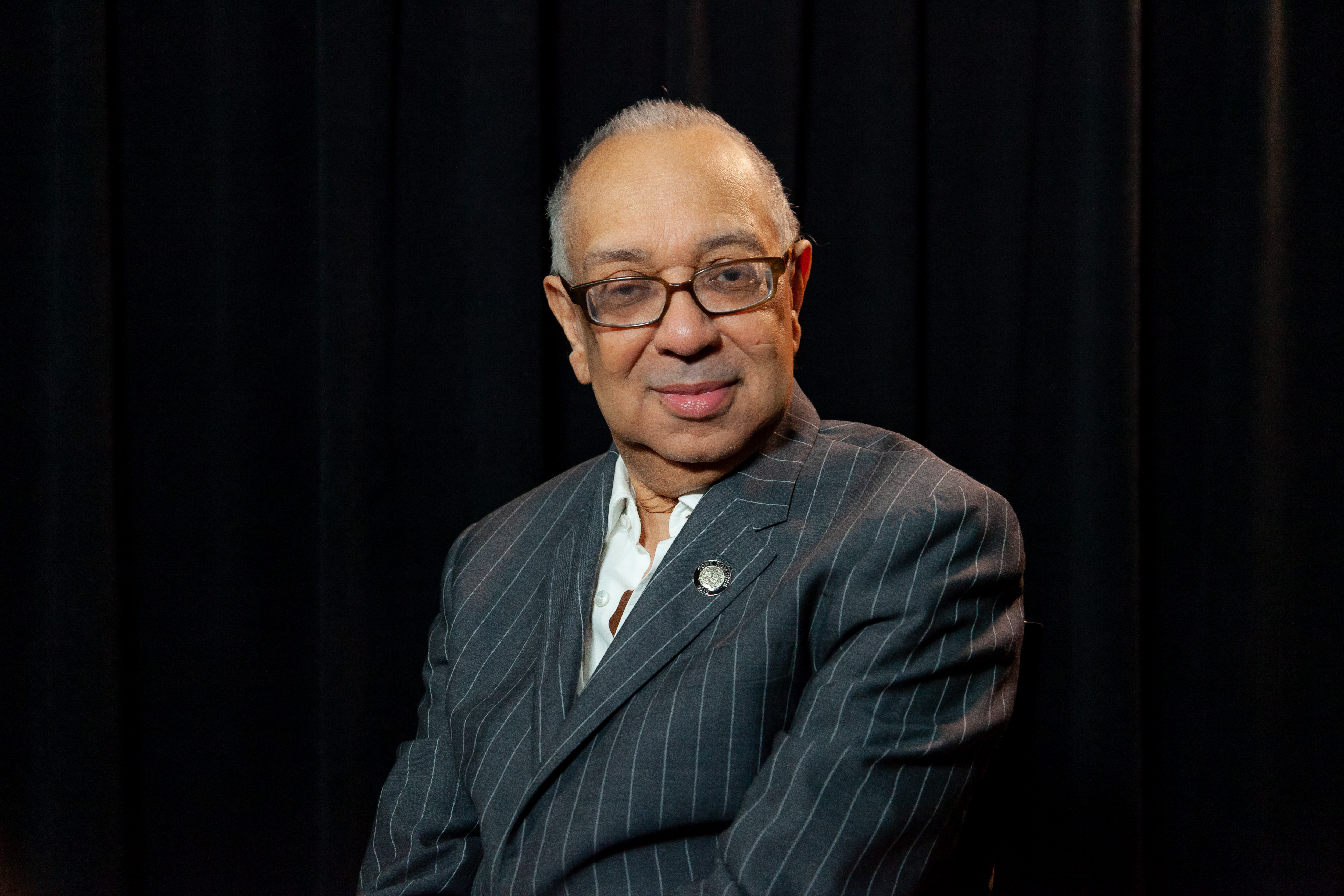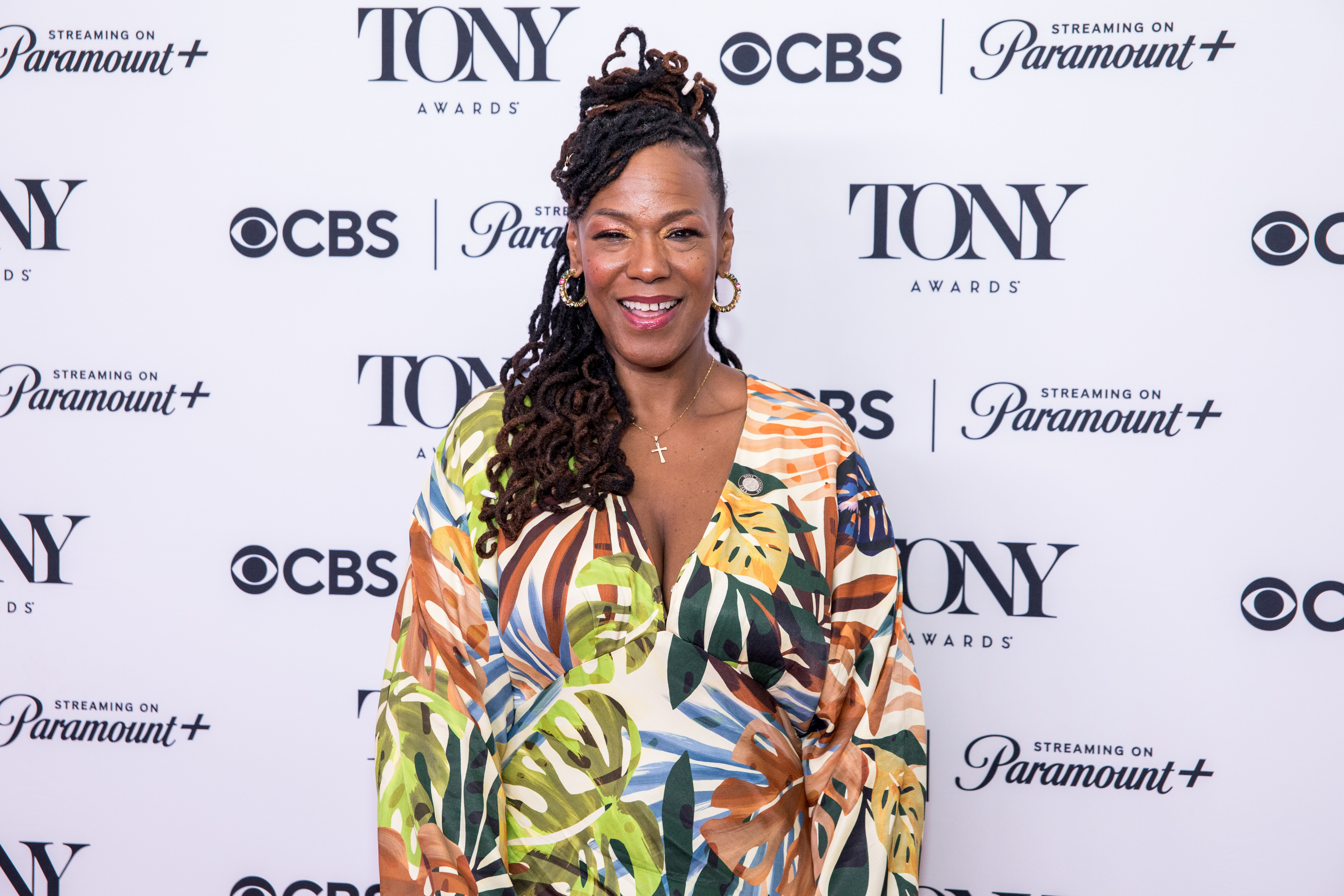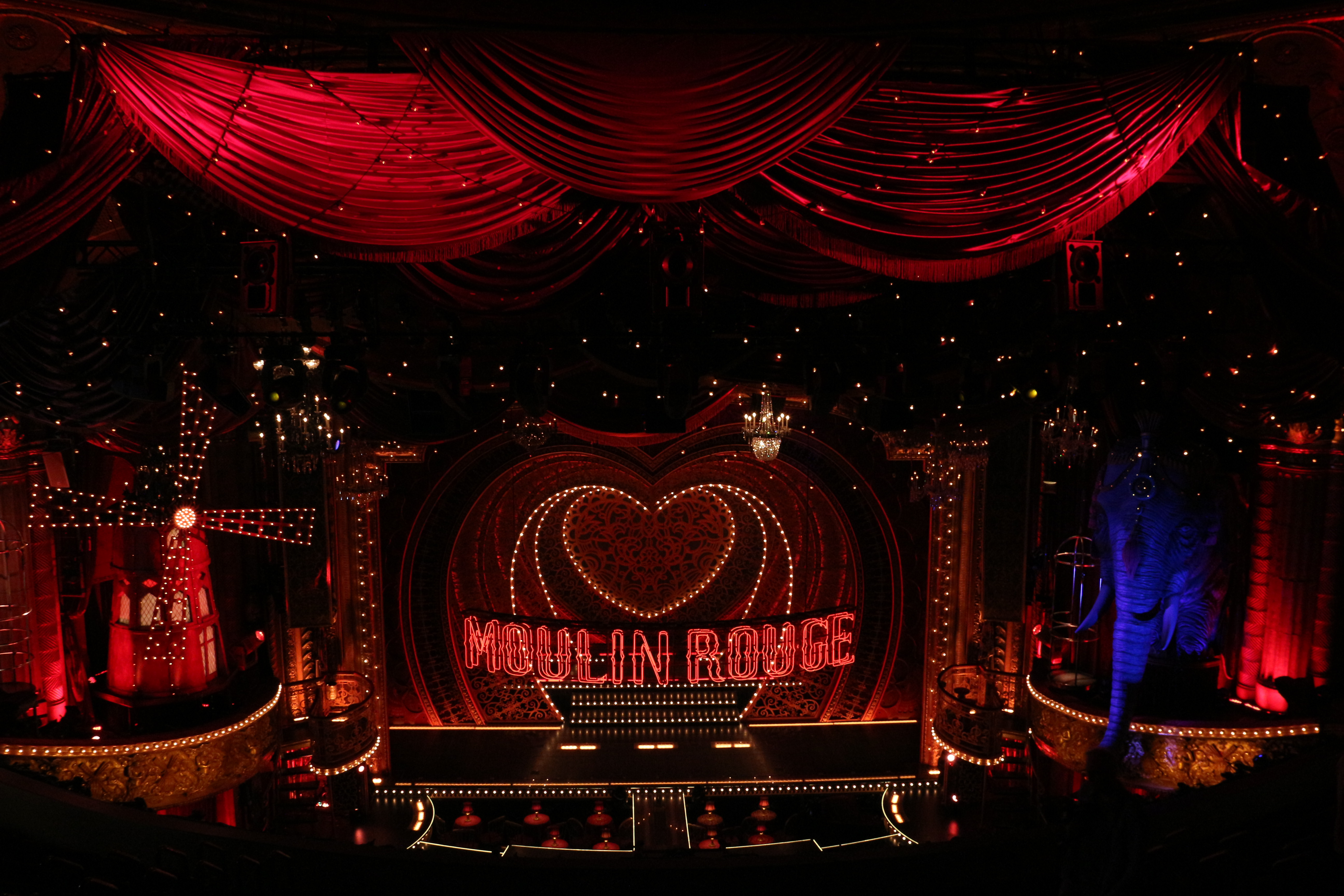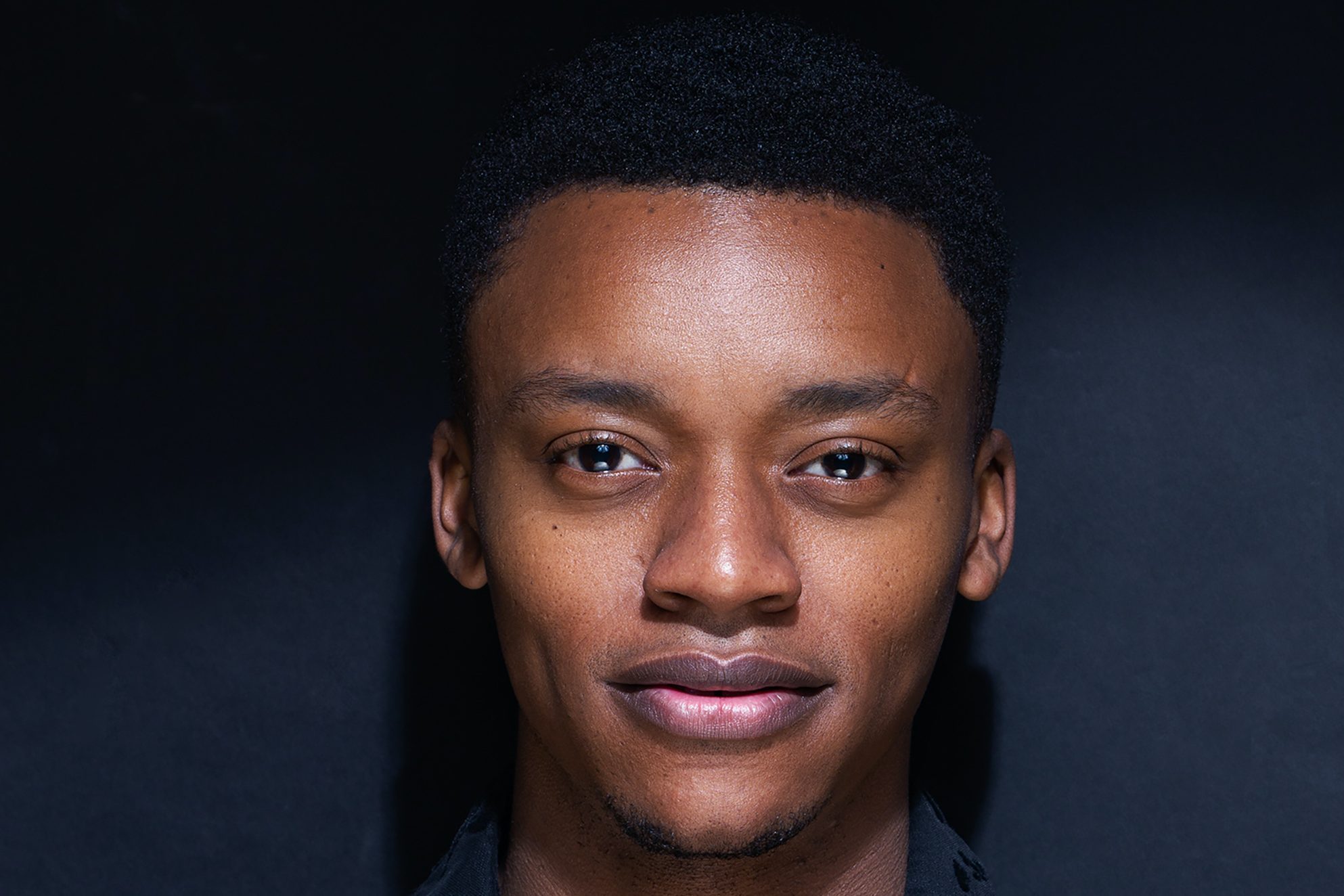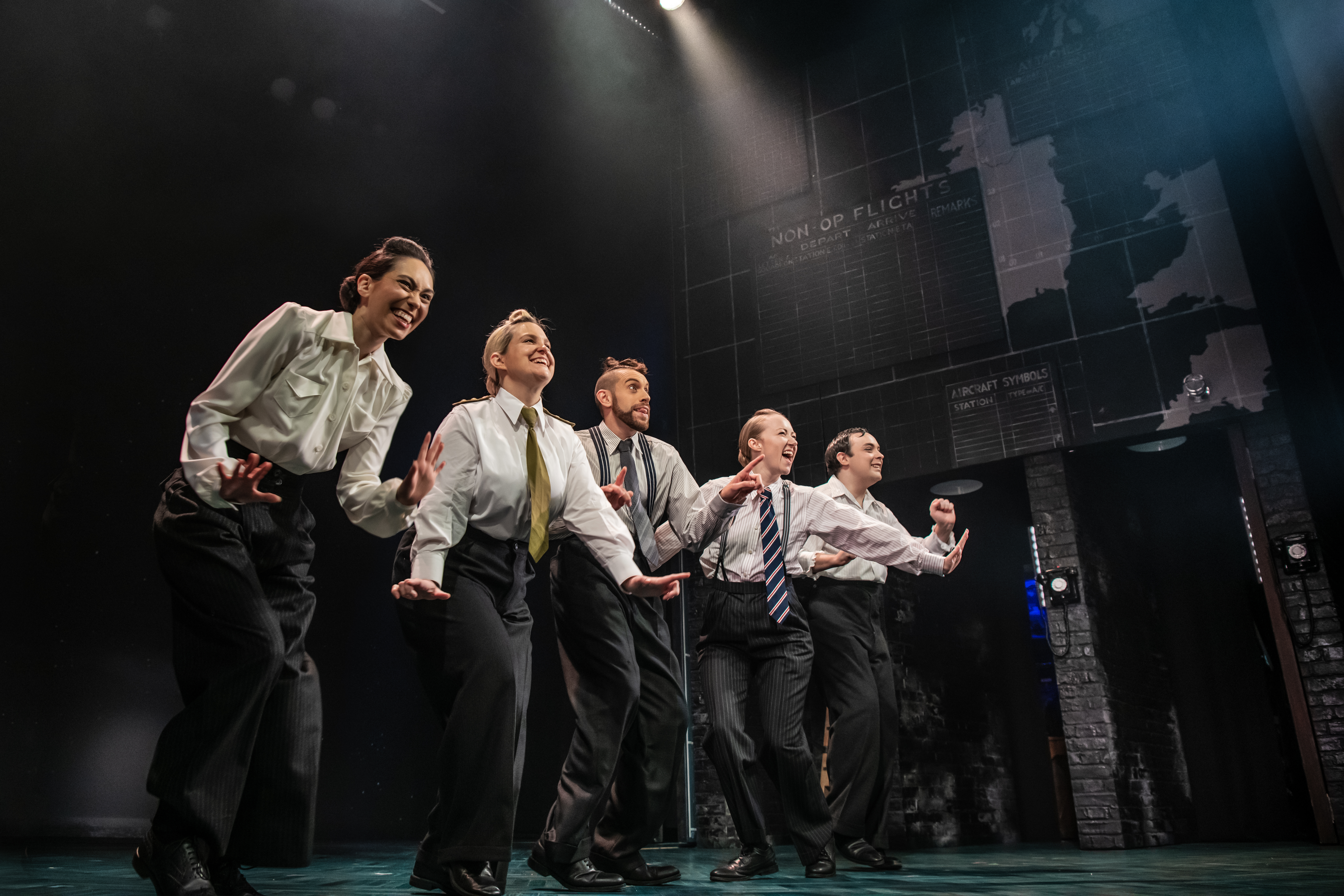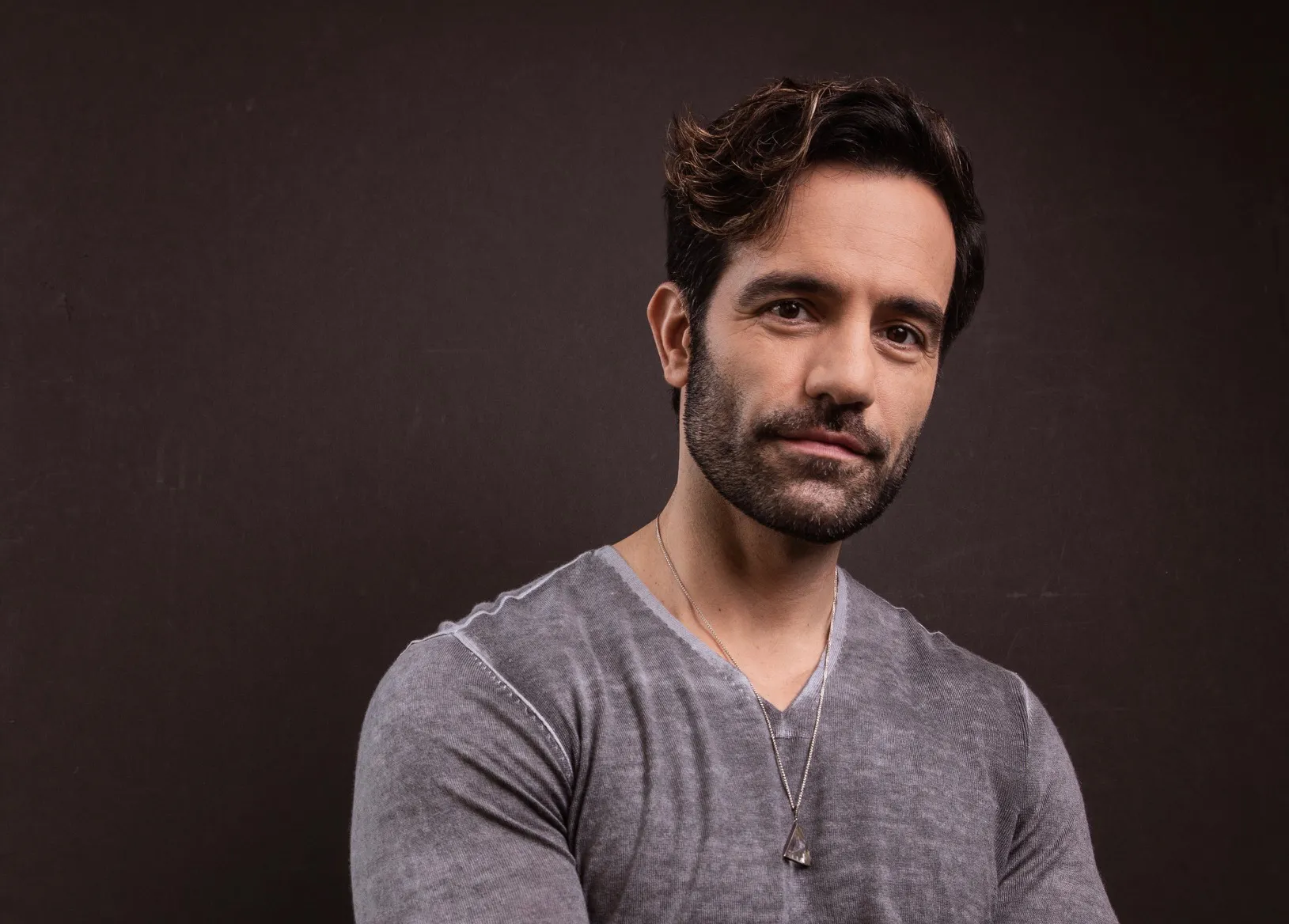Burn the Floor

in Burn the Floor
(© Joan Marcus)
Despite the promise of its title, Burn the Floor, the touring all-dance show that has landed for a limited run at Broadway’s Longacre Theatre, turns out to be much like this summer’s weather in New York: surprisingly cool with occasional flashes of heat. While the show will likely more than satisfy those who are suffering from withdrawal from ABC’s megahit Dancing with the Stars, more discerning dance aficionados — not to mention your average theatergoer — may wonder what all the hooting and hollering is about.
The one exception — and the major reason to catch this show (albeit only until August 16) — are guest stars Karina Smirnoff and Maksim Chmerkovskiy, the real-life, soon-to-be-wed couple who perform on Dancing with the Stars. Even when they’re seamlessly incorporated into a group number such as “Magalena,” your eyes are almost instantly drawn to them. Chmerkovskiy’s sheer masculinity projects to the back of the house, while Smirnoff’s commitment to both the moment and her partner make her simply mesmerizing. And when the duo finally get the spotlight all to themselves — in an Act II number called “Burn for You” (with vocalist Ricky Rojas giving a very sensitive rendition of that song) — the show’s promise is finally fulfilled!
Oddly, there’s little question that choreographer and director Jason Gilkison is aiming for non-stop steaminess in this two-hour revue, as routine after routine is filled with shakes, shimmies, leg lifts, full splits, and other blatantly erotic movements. But despite his attempts, true sensuality rarely emerges from these endlessly proficient — if rarely innovative — variations on classic ballroom dances, including cha-chas, rumbas, waltzes, and paso dobles. (Definitions and histories of these dances are provided in the program, although a little onstage education might have been welcome.)
Naturally, some of the routines fare better than others — it’s hard to resist smiling at Gilkison’s take on the Tina Turner classic “Proud Mary” — but the show might have been more successful had it relied less heavily on so many large group numbers, which tend to look a little muddy on Ray Klausen’s minimal set. (A little less fog also wouldn’t hurt!) Meanwhile, periodically sending the dancers out into the aisles — no audience participation required — turns out to be a clever (and crowd-pleasing) move.
Ultimately, though, what makes the show so shockingly tepid is that the hard-working troupe of champion dancers, culled from numerous countries, rarely emit much personality or even find significant ways to connect to each other or the audience. They’re all quite attractive, technically adept, remarkably swift — and willing to bare much of their bodies (even when clad in Janet Hine’s provocative costumes); but one wants to witness more individuality from each of them. Indeed, only the consistently fiery Giselle Peacock and the Amazonian Peta Murgatroyd manage to stand out from the crowd — and make you feel the burn.





